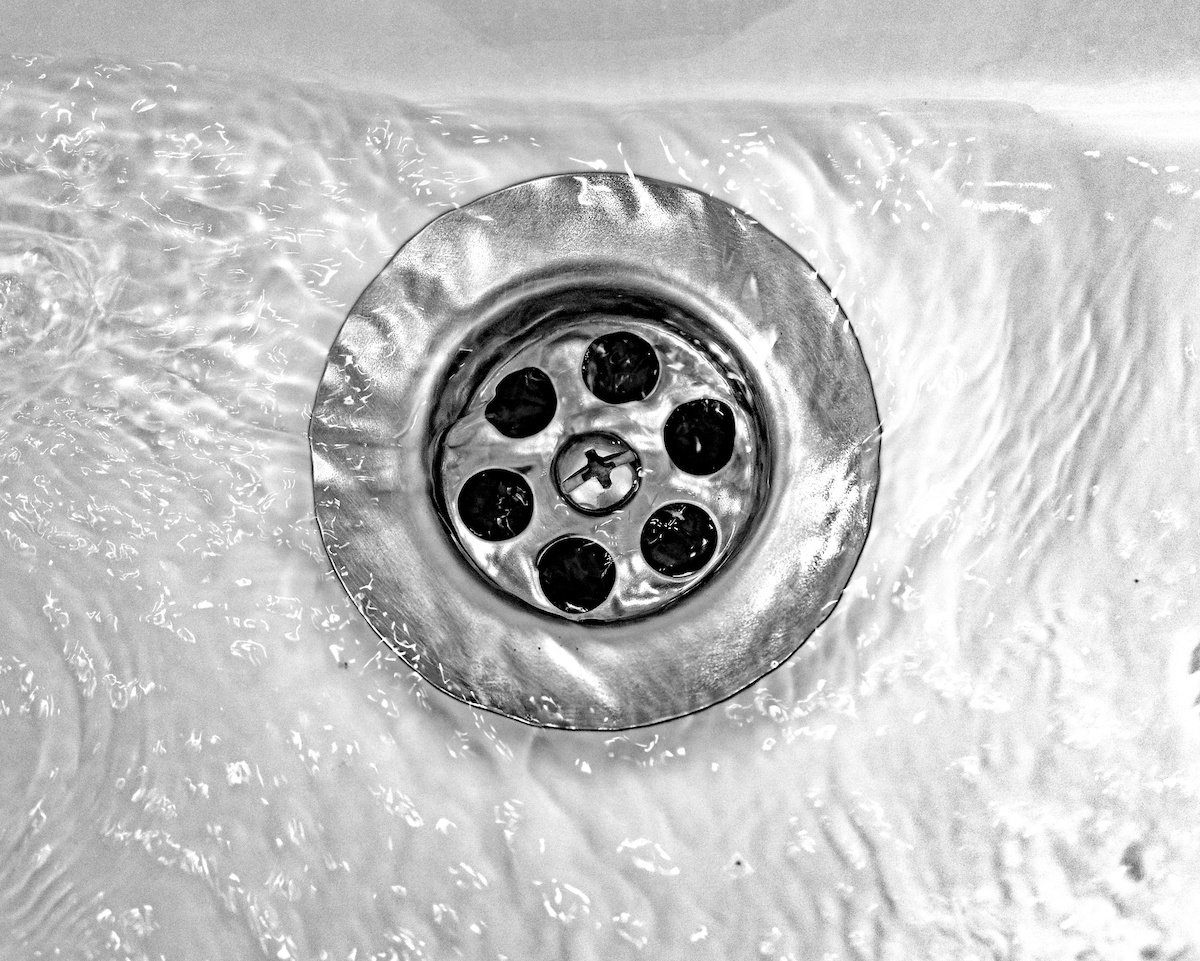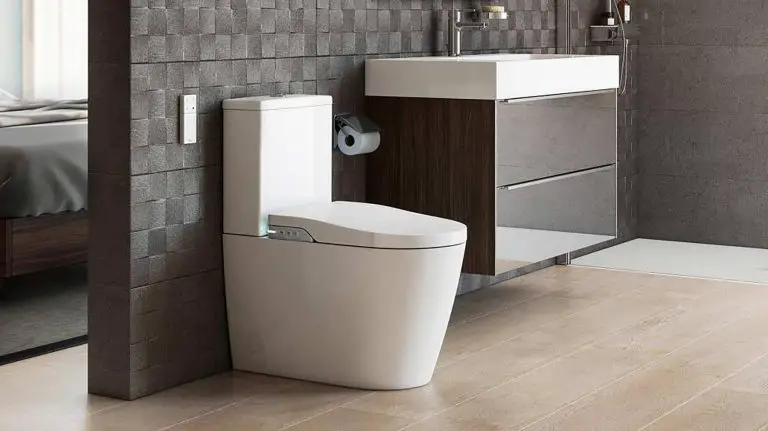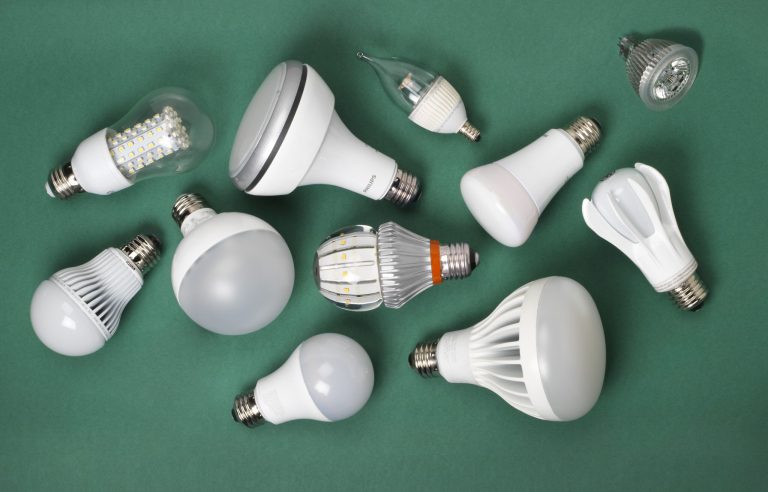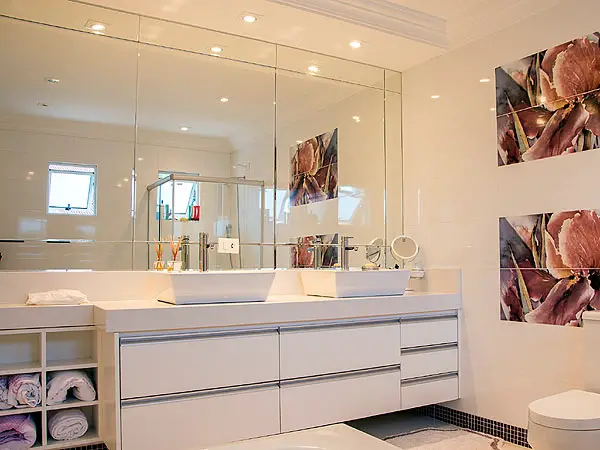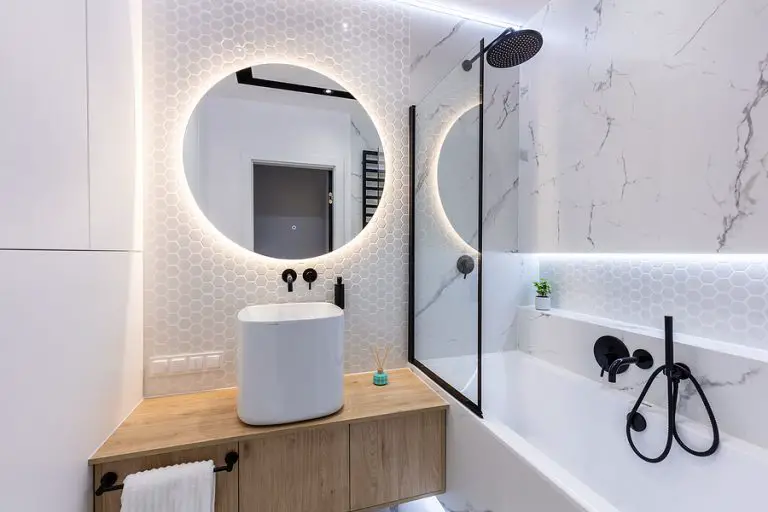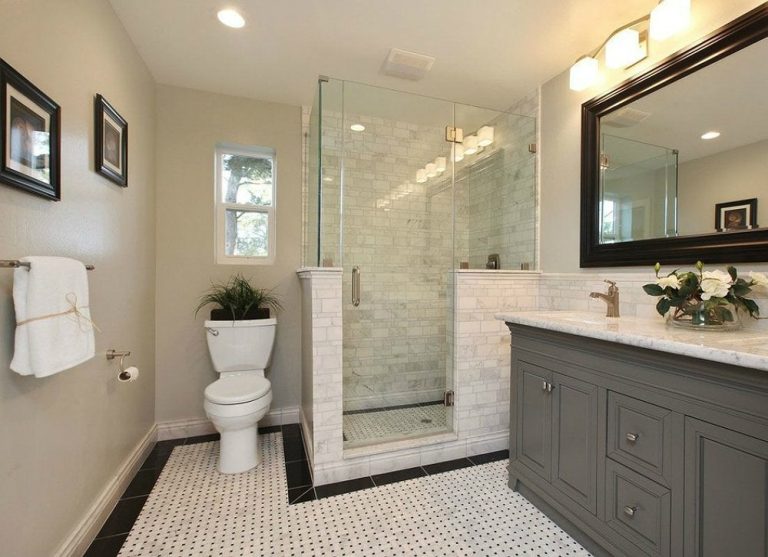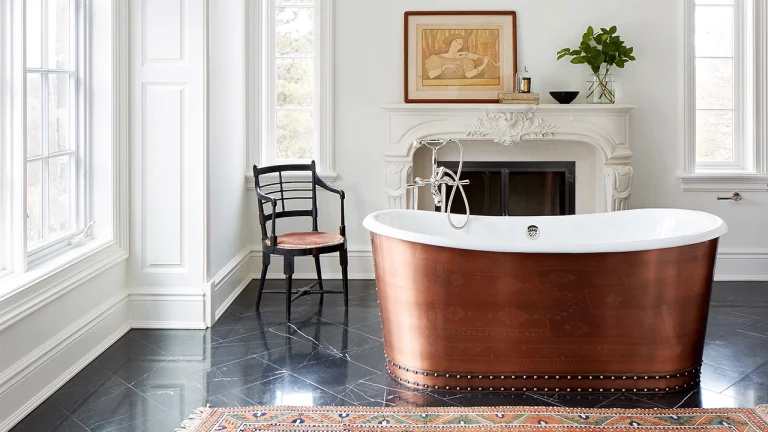What Is The Bathtub Drain Stopper Called?
A bathtub drain stopper is a device that is used to seal the bathtub drain and keep water from exiting the bathtub. It is usually made of metal or rubber and comes in a variety of shapes and sizes. The most common type of bathtub drain stopper is the pop-up stopper, which is attached to the drain by a linkage system. This type of stopper is activated by a plunger or knob located on the overflow plate. Other types of bathtub drain stoppers include the trip lever stopper, which is activated by a trip lever, and the twist and lift stopper, which is activated by twisting and lifting the stopper. All of these types of stoppers help keep water from going down the drain and are essential for preventing flooding in bathrooms.
Types of Drain Stoppers
There are numerous types of drain stoppers available to meet the needs of any plumbing project. From the simple, twist-lock stopper to the decorative, brass drain stopper, you can find the perfect fit for your home. The plug stopper is a basic device that can be simply plugged into the drain, sealing in water and creating a seal. The plunger stopper uses a lever to move a rubber plunger in and out of the drain, blocking water flow. The pop-up stopper is a great choice for bathroom sink drains. It uses a lever to raise and lower a stopper, controlling the flow of water. For large, vessel-style sinks, the basket strainer stopper is the perfect option. This type of stopper is designed to fit over the drain, creating a seal to keep water from escaping. Whatever type of drain stopper you choose, you can be sure that it will be an effective and attractive addition to your plumbing system.
Anatomy of a Bathtub Drain Stopper
Bathtub drain stoppers are often taken for granted, but they are an essential part of any home. This article examines the anatomy of a bathtub drain stopper, providing a detailed look at the components of this important plumbing part. We’ll explain the different types of stoppers, how to identify them, and the best way to maintain them. With this knowledge, you’ll be able to keep your bathtub’s drain stopper in top condition and working properly for years to come.
Benefits of Using a Drain Stopper
When it comes to your home’s plumbing system, a drain stopper can be a critical component for preventing a messy—or even hazardous—situation. In addition to providing a simple, effective way to stop the flow of water, a drain stopper also has a few other benefits.
The first is convenience. Installing and using a drain stopper is a simple process that requires minimal effort. Plus, it can be used to fill up a sink or tub, allowing you to complete tasks like washing dishes or giving a pet a bath without worrying about the water overflowing.
Another benefit of using a drain stopper is safety. Drain stoppers provide a physical barrier that can prevent small children and pets from accidentally falling into a sink or tub filled with water. Additionally, when a drain stopper is used while cleaning, it can prevent potentially hazardous or caustic chemicals from entering the plumbing system.
Using a drain stopper is an easy, cost-effective way to help keep your home and family safe and secure. So the next time you need to fill up your sink or tub, be sure to use a drain stopper.
How to Choose the Right Drain Stopper
Choosing the right drain stopper for your bathroom can be a tricky task, as there are many types of drain stoppers available. Before making a purchase, it is important to consider the size and shape of the drain, the type of material used, the amount of water pressure, and whether or not you want a drain stopper that is removable. Additionally, you should always read reviews and compare prices to ensure you get the best product for your needs. To make the process easier, consider opting for a drain stopper that is adjustable, as this will give you more control over the flow of water and the tightness of the seal. With the right drain stopper, you can ensure your sink or bathtub always functions as it should.
:max_bytes(150000):strip_icc()/bathtub-drain-stopper-types-2718995-01-35b72b9323884e12bcd7bff7bddc755e.jpg)
How to Install a Bathtub Drain Stopper
Installing a bathtub drain stopper is a simple DIY task that can be completed in minutes. To start, you’ll need the correct drain stopper for your bathtub, as well as a few basic tools like a screwdriver and a wrench. Next, begin by unscrewing the stopper and removing the old drain. After that, clean the drain opening and insert the new stopper. Then, fasten the stopper into place using the screws provided. Finally, make sure the stopper is working properly by filling the bathtub with water and testing the plug. With just a few simple steps, you can successfully install a bathtub drain stopper and enjoy a soothing soak in the tub!
Common Problems with Bathtub Drain Stoppers
Bathtub drain stoppers are a common source of frustration for many homeowners. They can become clogged or stuck in the open or closed position, leading to water backups or leaks. Additionally, the stoppers may not seal properly, leading to slow draining or water pooling in the tub. Fortunately, these issues are relatively easy to diagnose and fix with a few simple tools. Understanding the cause of the problem and knowing how to remove and replace the stopper can help you get your bathtub back in working order quickly and easily.
How to Troubleshoot a Bathtub Drain Stopper
If you’re having trouble with your bathtub drain stopper, don’t panic! It may be a simple fix. Start by looking to see if the stopper is stuck open or closed, and then check if the linkage is broken. If the linkage is broken, you may need to replace it. If it’s not broken, try cleaning the stopper and linkage, and then lubricating them with petroleum jelly. If that doesn’t work, check the drain pipe for any obstructions. If all else fails, you may need to replace the entire stopper assembly. With a few simple steps, you can have your bathtub draining properly in no time.
Tips and Tricks for Maintaining Your Drain Stopper
A drain stopper is one of the most important components of your plumbing system. It can be a real headache if it’s not maintained properly. With some simple tips and tricks, however, you can keep your drain stopper running smoothly and prevent any costly repairs. Start by regularly cleaning the stopper with a solution of vinegar and baking soda. This will help to remove any buildup of debris or dirt on the stopper’s surface. Secondly, lubricate the stopper with WD-40 or a similar product. This will help to ensure that it continues to open and close smoothly. Finally, inspect the stopper for any signs of damage or wear and tear. If any cracks or chips are visible, it is important to replace the stopper as soon as possible to prevent any water damage. With these easy tips and tricks, you can keep your drain stopper in tip-top condition for years to come.
FAQs About the What Is The Bathtub Drain Stopper Called?
What is the purpose of a bathtub drain stopper?
A bathtub drain stopper typically prevents water from draining out of the tub and is usually operated by a lever or knob. This is a useful tool to fill up the bathtub with water and keep it there until it is drained.
What types of bathtub drain stoppers are available?
There are several types of bathtub drain stoppers available including toe-touch, lift-and-turn, flip-it, push-pull, and plunger stoppers. Each type of stopper has its own unique mechanism for operation and offers a variety of benefits.
How do I replace a bathtub drain stopper?
Replacing a bathtub drain stopper is generally a straightforward process. Depending on the type of stopper, you may need to access the drain through the tub’s overflow plate or drain cover. Once the stopper has been removed, you can easily attach the new stopper to the drain pipe and secure it with the provided screws.
Conclusion
The bathtub drain stopper is commonly referred to as a bathtub stopper or drain plug. It is designed to seal the bathtub drain and prevent water from flowing out of the bathtub. It is an essential plumbing fixture for any bathroom and should be maintained regularly to ensure it is working correctly.
